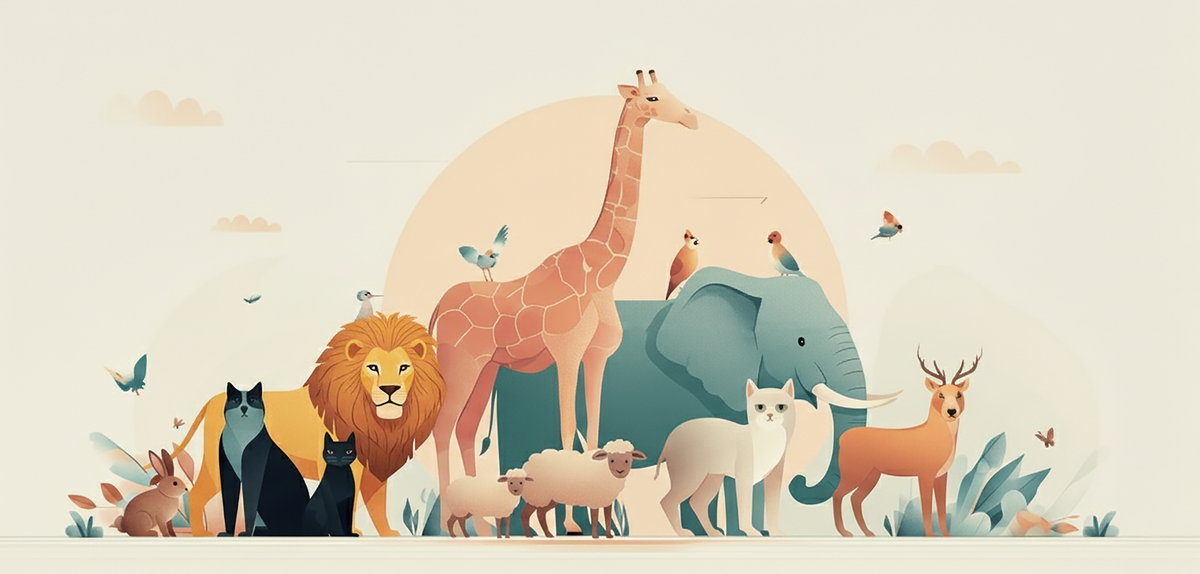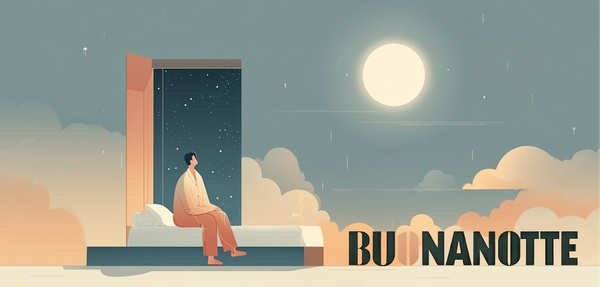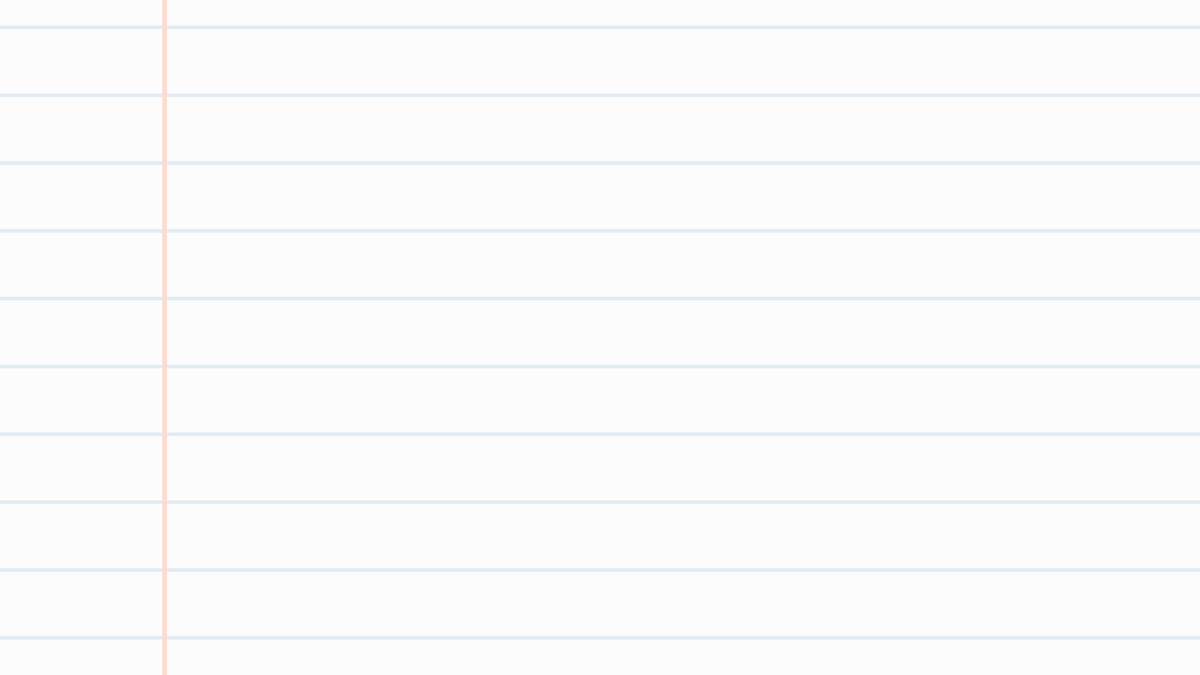Intro.
In Italy, animals are an integral part of culture, tradition and landscape. From the cat dozing on the rooftops of Rome to the wolves that populate the Apennines, from the majestic golden eagle of the Alps to the sea turtles that nest on the Calabrian coasts, the Italian animal world is rich in history and meaning.
Italian fauna reflects the extraordinary geographical diversity of the country: from the Alps to the Mediterranean Sea, each region hosts unique species that have coexisted with humans for centuries, giving life to legends, proverbs and local traditions. The black cat crossing the street, the owl singing at night, the wolf from fairy tales: all these animals are part of the Italian collective imagination.
Before we begin exploring animal vocabulary, let's take a moment to observe some interesting grammatical aspects.
Animal names in Italian follow peculiar rules: most names have a fixed gender that applies to both the male animal and the female animal such as "il coniglio" (the rabbit), "la tigre" (the tiger), "la zebra" (the zebra), "l'elefante"(the elephant); other names change their ending to indicate male and female such as "il gatto/la gatta" (the male cat/the female cat), "il lupo/la lupa" (the male wolf/the female wolf); still others have different names for male and female such as "il toro/la mucca" (the bull/the cow). Many animal names have Latin and Greek origins such as "il lupo" (the wolf), "il cigno" (the swan), others are italianizations of original names from other languages, while for more domestic animals there are often affectionate diminutives such as "cagnolino" (little dog), "gattino" (kitten).
This guide will help you discover the essential vocabulary for talking about animals in Italian, exploring not only the names, but also the rich cultural heritage that accompanies them.
Are you ready? Let's begin this journey into the Italian animal kingdom!
Which Animals
Before listing animal names, it's useful to try to classify them and therefore group them into homogeneous groups. Without entering into rigorous scientific classification, which is not the purpose of this guide (for those interested it's called "taxonomy"), we have tried to group animals following a system that takes us from those closest to us to those furthest away.
Starting from the names of animals that keep us company in our homes like dogs and cats, we will then move through the countryside populated by farm animals and the more open Italian territories to travel towards the most distant continents, populated by exotic animals.
We’ll journey through the animal world: from land creatures — the most familiar mammals and the fiercest reptiles — to the depths of the sea, the skies filled with birds, and finally, the animals that have taken root in our imagination.

1. Domestic Animals in Italian
In Italy, as in many other countries in the world, domestic animals are considered family members, so much so that they are often referred to as "he" or "she" and are also known as companion animals. Think of dogs of every breed and size, loyal friends on city walks and mountain adventures, and cats presiding like little monarchs over flowered balconies and the courtyards of Italy’s historic centers.
In Italy, according to statistics from a couple of years ago, there are around 65 million domestic animals—even more than the Italians themselves, who number about 60 million! Every Italian family has its stories of pets: from the canary that sings in the morning to the goldfish swimming in the glass bowl.
Let's see the most widespread ones:
| Italian | English |
|---|---|
| Il cane | Dog |
| Il gatto / la gatta | Cat |
| Il pesce rosso | Goldfish |
| Il canarino | Canary |
| Il pappagallo | Parrot |
| Il coniglio | Rabbit |
| Il criceto | Hamster |
| La tartaruga | Turtle |
Surprisingly, Italian homes host more ornamental fish than dogs or cats — about 30 million fish, compared to 9 million dogs and 10 million cats. They may not create the same emotional bond as dogs and cats, but they remain hugely popular for the beauty and tranquility of their aquariums.
The dog has its corresponding female name which is "la cagna", but unfortunately over time the feminine form has taken on a strongly derogatory and vulgar connotation. To avoid expressing oneself in forms that can be embarrassing, it's better to refer to a female dog. All the more so since one of the most common questions, especially among dog lovers is: "is it male or female?" After that, as with a person, people address them by calling them by name.
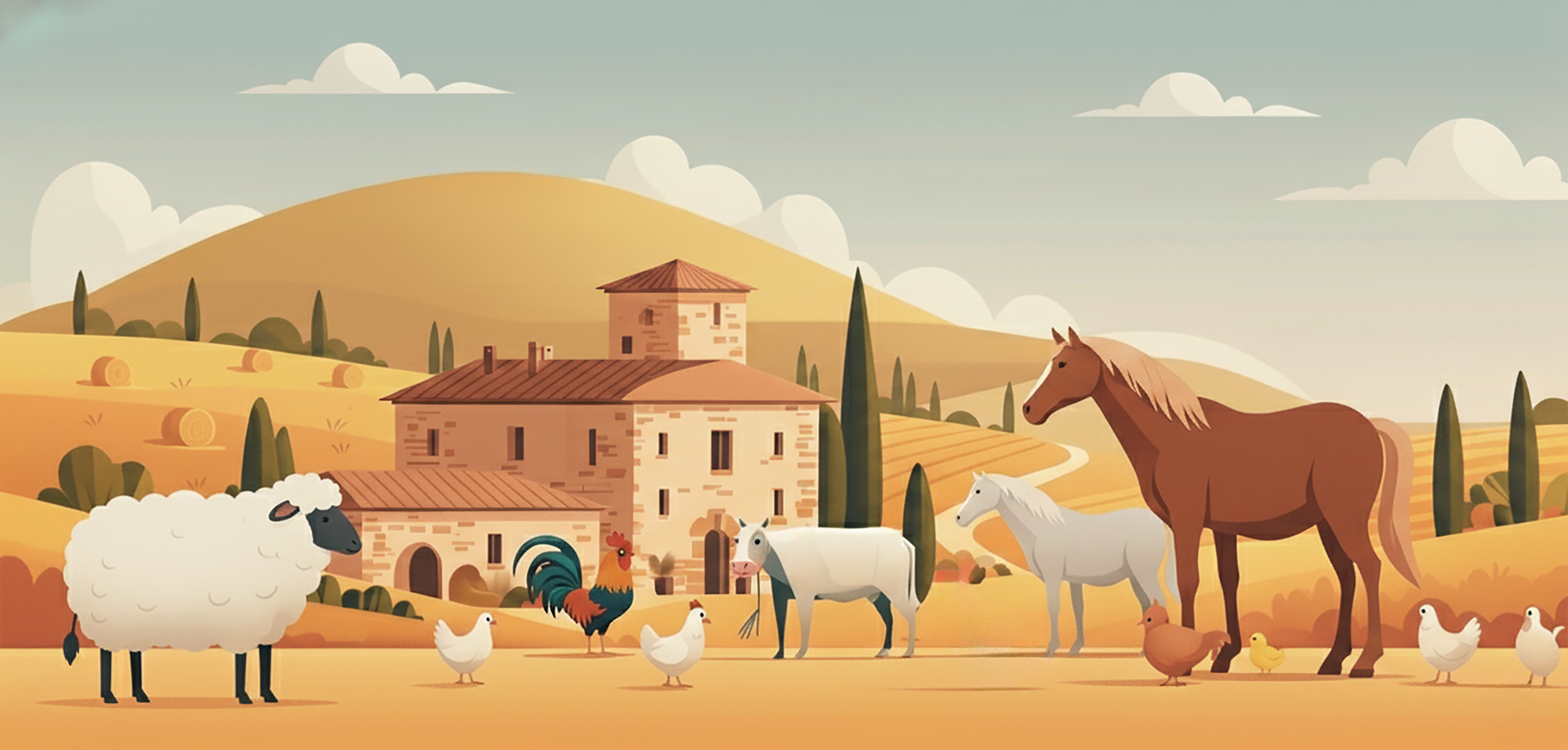
2. Farm Animals in Italian
The Italian agricultural tradition is rich in farmyard animals that for centuries have accompanied rural life. From cows grazing in Alpine valleys to hens scratching in courtyards throughout Italy, these animals represent a deep connection with the land and rural traditions and give life to the production of food products such as cheeses and hams for which Italy is among the world's leading producers. To get an idea: every year Italy produces about 1.2 million tons of cheese and 270 thousand tons of ham.
Most farm animal names have a different masculine and feminine form, moreover depending on age and function performed, the same animal has a specific name, as in the case of the ox and bull. Similarly, for the young of these animals, the names are well defined.
| Italian | English |
|---|---|
| La mucca | Cow |
| Il toro | Bull |
| Il bue | Ox |
| La giovenca | Heifer |
| Il vitello | Calf |
| Il cavallo | Horse |
| La cavalla / la giumenta | Mare |
| Lo stallone | Stallion |
| Il puledro | Foal |
| Il pony | Pony |
| Il maiale | Pig |
| La scrofa | Sow |
| La pecora | Sheep |
| Il montone | Ram |
| L'agnello | Lamb |
| La capra / il capro | Goat |
| Il capretto | Kid (young goat) |
| Il bufalo / la bufala | Water buffalo |
| L'asino / l'asina | Donkey |
| Il somaro / la somara | Donkey |
| Il mulo / la mula | Mule |
| La gallina | Hen |
| Il gallo | Rooster |
| Il gallo cedrone | Grouse |
| Il pulcino | Chick |
| Il pollo | Chicken |
| L'anatra | Duck |
| L'oca | Goose |
| La papera | Duckling |
| L'anatroccolo | Duckling |
| Il tacchino | Turkey |
| La faraona | Guinea fowl |
| Il fagiano | Pheasant |
| Il pavone | Peacock |
Unlike English, which distinguishes between the name of the animal and the name of its meat (as in cow and beef, sheep and mutton), Italian makes this distinction only in a few cases. The most common are manzo — meaning beef, derived from ox or cow — and pollo, used for both the animal and the meat, since chickens are generally raised for food. For all other kinds of meat, Italians simply say carne di pecora (sheep meat), carne di capretto (kid meat), carne di maiale (pork), and so on.
As with "cane" and "cagna", also for cow and pig there are two names that are often used in vulgar and offensive ways, respectively "vacca" (cow) and "porco" (pig). “Vacca” is actually the technical term for “cow,” but in everyday Italian it often appears in expressions of annoyance or frustration, such as “Porca vacca!” — roughly equivalent to “Damn it!” in English. The word can also become a very vulgar insult when directed at a woman. Likewise, “porco” is used as an insult toward men, especially to suggest lewd or indecent behavior.
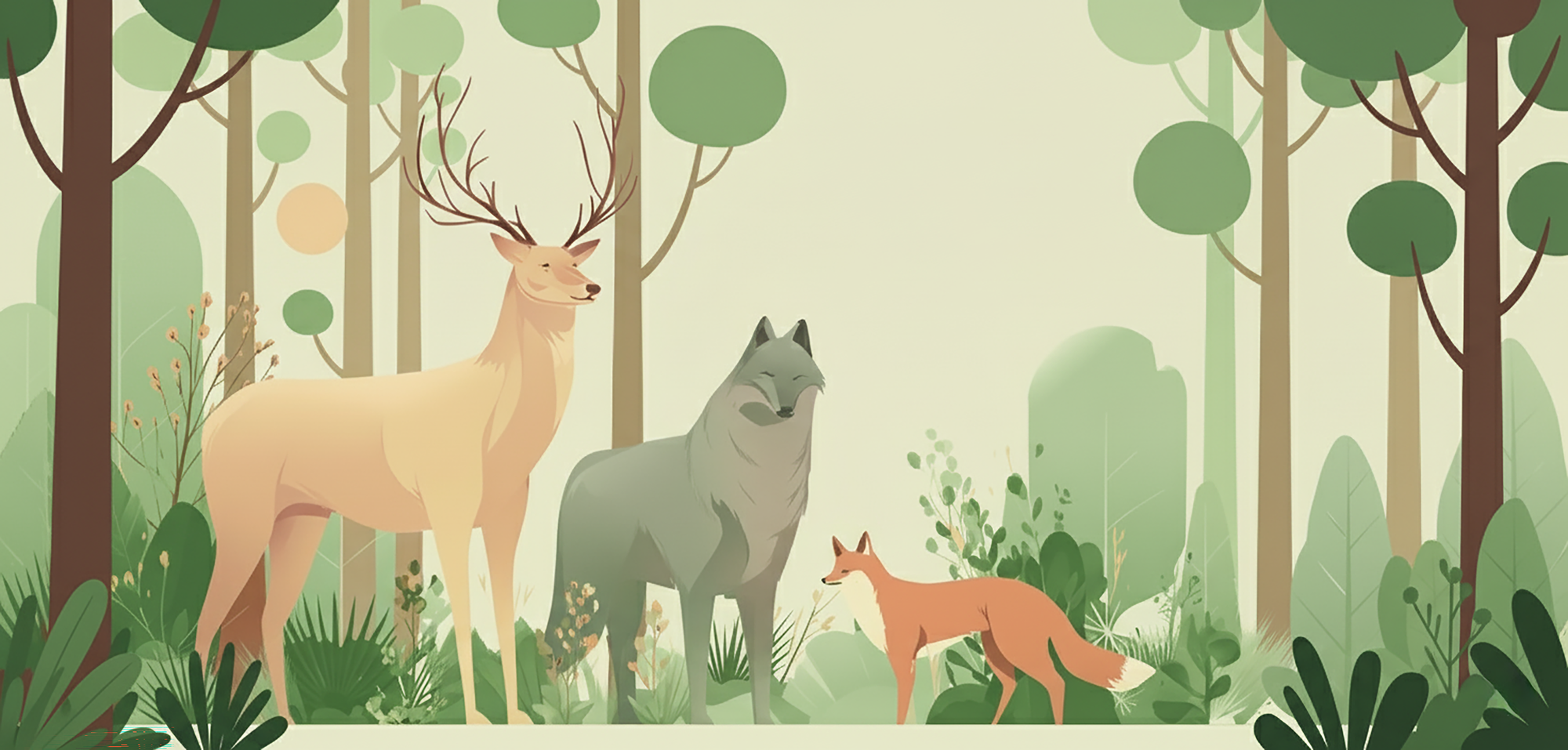
3. Wild Animals in Italian
Italy hosts extraordinarily rich and diversified wildlife. From the majestic brown bears of Trentino to the wolves of the Apennines, from the lynx of the Alps to the wild boars of the Tuscan forests, Italian territory is a true natural sanctuary where Mediterranean, alpine and continental species coexist.
3.1 Large Mammals
Large Italian mammals are the protagonists of the country's forests and mountains. Many of these animals, after years of decline, are slowly reconquering their ancestral territories thanks to conservation efforts.
| Italian | English |
|---|---|
| L'orso / l'orsa | Bear |
| Il lupo / la lupa | Wolf |
| Il lupacchiotto | Wolf pup |
| La volpe | Fox |
| Il volpacchiotto | Fox cub |
| Il cinghiale | Wild boar |
| Il cervo / la cerva | Deer |
| Il cerbiatto | Fawn |
| Il capriolo | Roe deer |
| Lo stambecco | Ibex |
| Il camoscio | Chamois |
| Il muflone | Mouflon |
| La lince | Lynx |
| Il tasso | Badger |
3.2 Small Mammals
Small Italian fauna is incredibly varied and adaptable, populating every corner of the national territory, from urban gardens to mountain forests.
| Italian | English |
|---|---|
| La lepre | Hare |
| Lo scoiattolo | Squirrel |
| Il riccio | Hedgehog |
| La talpa | Mole |
| Il topo | Mouse |
| Il ratto | Rat |
| La donnola | Weasel |
| La faina | Beech marten |
| La martora | Pine marten |
| L'ermellino | Ermine |
| Il visone | Mink |
| La lontra | Otter |
| Il ghiro | Dormouse |
| La marmotta | Marmot |
| Il porcospino | Porcupine |
| L'istrice | Porcupine |
| Il pipistrello | Bat |
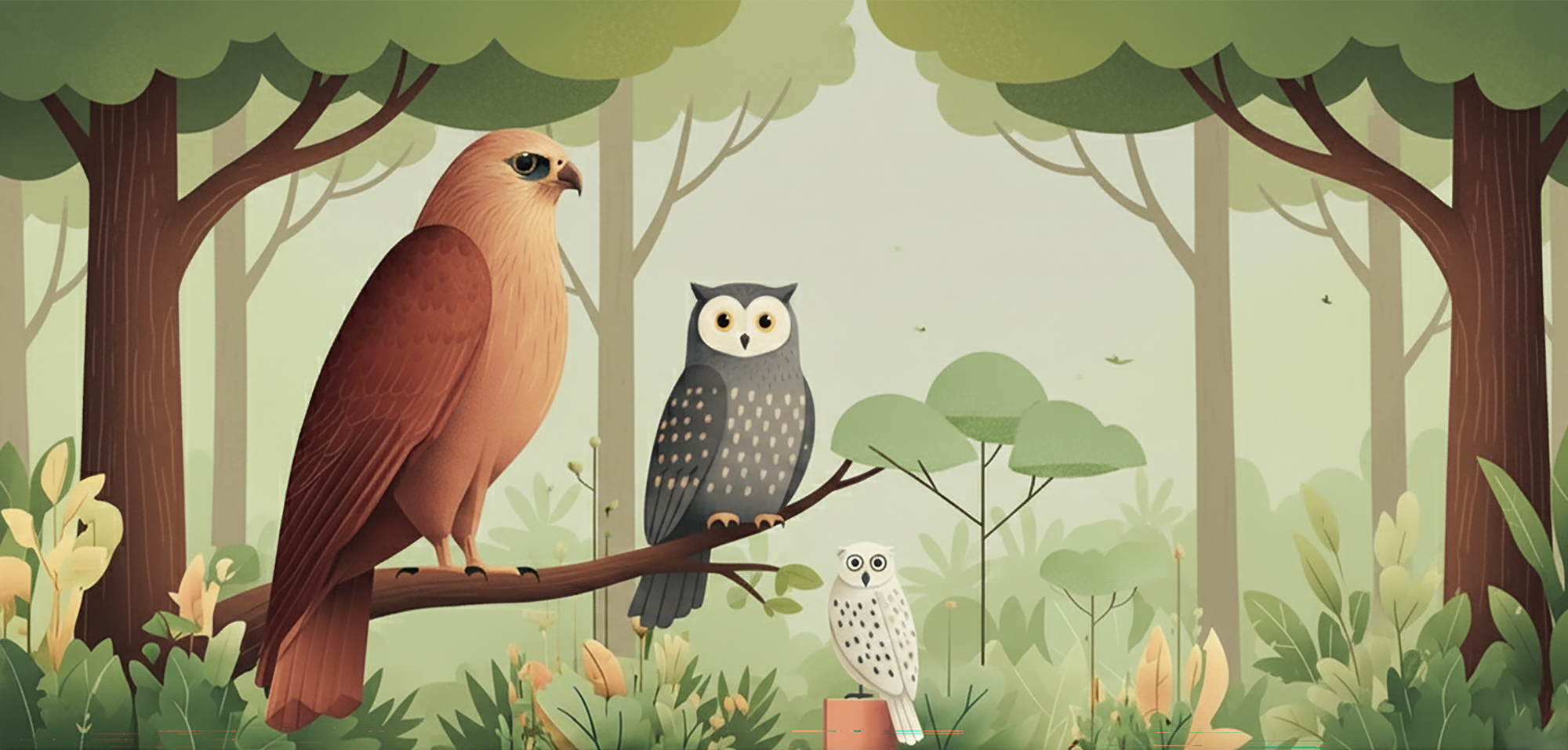
4. Birds in Italian
The Italian skies are crossed by hundreds of bird species, from the majestic mountain raptors, to birds that wander around the roofs of city houses and in the countryside, to the elegant seabirds of the coasts.
Italy at the center of the Mediterranean Sea is a fundamental crossroads for bird migrations, a meeting point between Europe, Africa and Asia, which every year hosts millions of birds in transit.
4.1 Birds of Prey
| Italian | English |
|---|---|
| L'aquila | Eagle |
| Il falco | Falcon |
| Lo sparviero | Sparrowhawk |
| La poiana | Buzzard |
| Il nibbio | Kite |
| Il gufo | Owl |
| La civetta | Little owl |
| Il barbagianni | Barn owl |
4.2 Common Birds
| Italian | English |
|---|---|
| Il piccione | Pigeon |
| La colomba | Dove |
| Il passero | Sparrow |
| Il pettirosso | Robin |
| L'usignolo | Nightingale |
| Il merlo / la merla | Blackbird |
| Il tordo | Thrush |
| La rondine | Swallow |
| Il rondone | Swift |
| Il cuculo | Cuckoo |
| La cornacchia | Crow |
| Il corvo | Raven |
| La gazza | Magpie |
| La ghiandaia | Jay |
| La tortora | Turtle dove |
| Il cardellino | Goldfinch |
| Il fringuello | Finch |
| La cinciallegra | Great tit |
| La capinera | Blackcap |
| Il colibrì | Hummingbird |
4.3 Water Birds
| Italian | English |
|---|---|
| Il cigno | Swan |
| L'airone | Heron |
| La cicogna | Stork |
| Il fenicottero | Flamingo |
| L'ibis | Ibis |
| Il cormorano | Cormorant |
| Il pellicano | Pelican |
| Il gabbiano | Seagull |
| L'anatra selvatica | Wild duck |
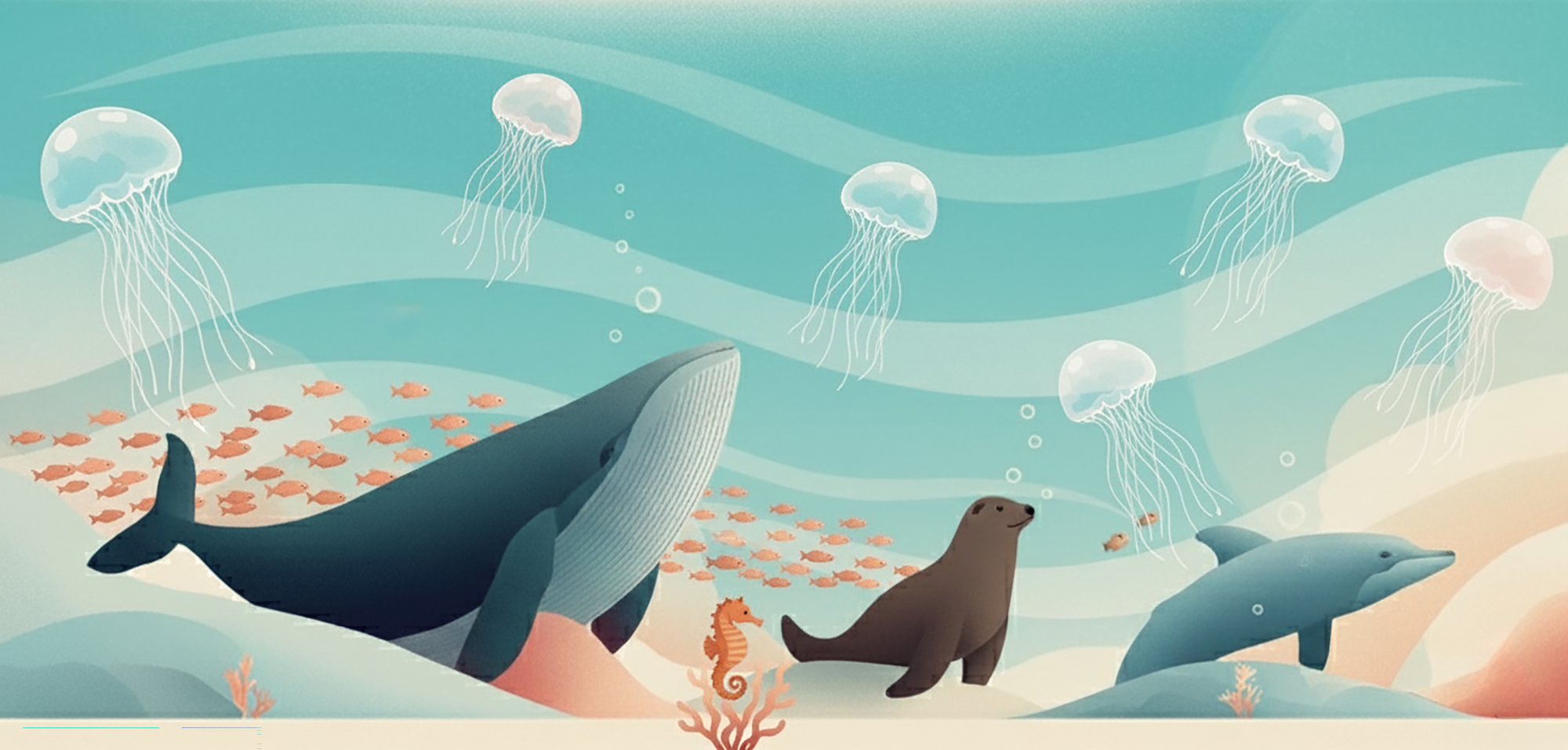
5. Marine Animals in Italian
Italy, surrounded by the Mediterranean Sea—a “closed” sea compared to the great oceans—boasts an extraordinary marine fauna. Its waters host more than 17,000 species, from tiny planktonic organisms to large cetaceans. Along the Italian coasts swim tuna, swordfish, and sea bream, as well as octopus, shrimp, and mollusks that enrich the country’s Mediterranean cuisine. In deeper waters dwell sperm whales and fin whales, while dolphins and loggerhead turtles are frequent visitors to the shores. The Posidonia meadows, true underwater nurseries, stand as living proof of an ecosystem that weaves together nature, tradition, and maritime culture.
Let's see the most widespread marine animals, from large marine mammals, through schools of fish to the beautiful and now rare starfish.
5.1 Marine Mammals
| Italian | English |
|---|---|
| Il delfino | Dolphin |
| Il delfino comune | Common dolphin |
| La stenella | Striped dolphin |
| La balena | Whale |
| La balenottera | Fin whale |
| L'orca | Orca |
| Il capodoglio | Sperm whale |
| La focena | Porpoise |
| La foca | Seal |
| La foca monaca | Monk seal |
5.2 Fish
| Italian | English |
|---|---|
| Lo squalo | Shark |
| Il pescecane | Shark |
| Il tonno | Tuna |
| Il pesce spada | Swordfish |
| La sardina | Sardine |
| L'acciuga | Anchovy |
| Lo sgombro | Mackerel |
| L'orata | Sea bream |
| Il branzino | Sea bass |
| La spigola | Sea bass |
| La sogliola | Sole |
| Il rombo | Turbot |
| La triglia | Red mullet |
| Il polpo | Octopus |
| Il calamaro | Squid |
| La seppia | Cuttlefish |
| L'anguilla | Eel |
| La murena | Moray eel |
| Il totano | Flying squid |
5.3 Mollusks, Crustaceans and Other Marine Creatures
| Italian | English |
|---|---|
| Il granchio | Crab |
| L'aragosta | Lobster |
| Lo scampo | Langoustine |
| Il gambero | Shrimp |
| La mazzancolla | Large shrimp |
| La vongola | Clam |
| La cozza | Mussel |
| L'ostrica | Oyster |
| Il riccio di mare | Sea urchin |
| La stella marina | Starfish |
| La medusa | Jellyfish |
| Il cavalluccio marino | Seahorse |
| Il paguro | Hermit crab |
| La tartaruga marina | Sea turtle |
| La caretta-caretta | Loggerhead turtle |
The Pelagos Sanctuary
The Pelagos Sanctuary is an international marine protected area in the Ligurian Sea, established by Italy, France and Monaco to protect Mediterranean marine mammals. This stretch of sea is considered one of the richest in the world for the presence of cetaceans, where it's possible to spot fin whales, sperm whales and various dolphin species in a preserved marine environment of extraordinary beauty.
Sea Turtles in Italy
The Italian coasts, especially those of the South and the islands, are important nesting sites for sea turtles, mainly the species Caretta caretta. Every year, during summer, females return to the beaches where they were born to lay their eggs in the sand. Italy has activated numerous conservation projects to protect these magnificent marine reptiles and their habitats.
5.4 Freshwater Fish
Like the seas, rivers are also rich in fish. Here are the most common and well-known ones:
| Italian | English |
|---|---|
| La trota | Trout |
| La carpa | Carp |
| Il pesce persico | Perch |
| Il luccio | Pike |
| L'anguilla | Eel |
| Lo storione | Sturgeon |
| La tinca | Tench |
| Il pesce gatto | Catfish |
6. Insects and Small Invertebrates in Italian
The world of Italian insects is very rich and fundamental for the balance of ecosystems. From bees that pollinate flowers to butterflies that color meadows, these small animals play essential roles in Italian nature.
Insects are the true silent protagonists of Italian nature: small, but very numerous, they represent over two-thirds of all animal species present in our country. From butterflies that color alpine meadows to bees that pollinate orchards, from ladybugs that protect crops to beetles that recycle organic matter, every insect plays an essential role in ecosystems. In Italy the variety is surprising: over 35,000 species recorded. Here's a list of insects from the most loved to the least appreciated:
6.1 Insects
| Italian | English |
|---|---|
| La farfalla | Butterfly |
| La libellula | Dragonfly |
| La coccinella | Ladybird/Ladybug |
| L'ape | Bee |
| L'ape domestica | Honeybee |
| Il calabrone | Hornet |
| La vespa | Wasp |
| Il bombo | Bumblebee |
| Il maggiolino | Cockchafer |
| Lo scarabeo | Beetle |
| La lucciola | Firefly |
| La falena | Moth |
| Il ragno | Spider |
| La formica | Ant |
| La cavalletta | Grasshopper |
| Il grillo | Cricket |
| La mantide religiosa | Praying mantis |
| La locusta | Locust |
| La mosca | Fly |
| Il moscerino | Gnat / Midge |
| Il tafano | Horsefly |
| La zanzara | Mosquito |
| La mosca cavallina | Stable fly |
| La cimice | Shield bug |
| La termite | Termite |
| La pulce | Flea |
| Il pidocchio | Louse |
| Lo scarafaggio | Cockroach |
6.2 Small Invertebrates
| Italian | English |
|---|---|
| La lumaca | Snail |
| La chiocciola | Snail |
| La limaccia | Slug |
| Il verme | Worm |
| Il lombrico | Earthworm |
| Il bruco | Caterpillar |
| Il baco da seta | Silkworm |
7. Reptiles and Amphibians in Italian
Italy hosts a great variety of reptiles and amphibians, adapted to the different climates of the territory, from the humid areas of the Po Valley to the arid environments of the South.
7.1 Reptiles
| Italian | English |
|---|---|
| Il serpente | Snake |
| La lucertola | Lizard |
| Il geco | Gecko |
| Il ramarro | Green lizard |
| La vipera | Viper |
| La vipera dell'Orsini | Orsini's viper |
| La biscia | Grass snake |
| La tartaruga | Turtle |
| La testuggine | Tortoise |
Serpents have always had a fundamental role in the history of humanity and at least three deserve some special attention.
The serpent of temptation and the fall of man, i.e. Adam and Eve cast out of Eden. In biblical tradition it doesn't say which serpent it was, but in pictorial tradition in line with medieval symbology it's often a viper.
Among serpents, the Aesculapian snake deserves a special place. It's called "Aesculapian" because in antiquity it was associated with the Greek god of medicine Asclepius (Aesculapius in Latin): the image of the serpent wrapped around the staff has become the universal symbol of medicine and represented in many pharmacy signs and emergency points.
Finally, a serpent known for its historical impact in Roman and Egyptian times is the asp, which Cleopatra, queen of Egypt, chose to give herself death after the conquest of Alexandria by Octavian in 30 BC. Since then the asp represents royal death, but also a symbol of feminine power.
7.2 Amphibians
| Italian | English |
|---|---|
| La rana | Frog |
| Il rospo | Toad |
| Il girino | Tadpole |
| La raganella | Tree frog |
| La salamandra | Salamander |
| Il tritone | Newt |
8. Adorable Italian Animal Names: Diminutives and Endearing Terms
In Italian, animals instantly become playmates, affectionate companions, and the protagonists of fairy tales and folk songs — and it’s the diminutives and endearing forms that help them slip into this tender, familiar world. Just one extra syllable can turn the solemn cane (dog) into a sweet little cagnolino (little dog/puppy), the proud gatto (cat) into a soft gattino (kitten), or the funny papera (duck) into a charming paperella (little duck/duckling). These suffixes don’t just make things smaller — they add warmth, familiarity, and a touch of affection, like a smile hidden in a word:
• -ino / -ina → diminutive or affectionate value;
• -etto / -etta → often tender or playful;
• -uccio / -uccia → strongly endearing;
• -otto / -otta → can express affection but also idea of roundness.
It's no coincidence that we call children "pulcini" (chicks) and a tiny orso is for everyone an "orsetto" (little bear). Diminutives, in short, are a distinctive trait of the Italian language: an immediate and spontaneous way to transform the real animal into a narrative, affectionate, even symbolic creature.
In this aspect English offers less variety, limiting itself mostly to puppy, kitten, bunny. Let's see the most widespread Italian ones:
| Italian Animal | Diminutives / Pet Names |
|---|---|
| Cane | cagnolino, cagnetto |
| Gatto | gattino, gattuccio, micino, micetto |
| Coniglio | coniglietto |
| Pappagallo | pappagallino |
| Tartaruga | tartarughina |
| Uccello | uccellino, uccelletto |
| Topo | topino, topolino |
| Orso | orsetto, orsacchiotto (typical for teddy bears) |
| Papera | paperella, paperina |
| Anatra | anatrina |
| Pecora | pecorella |
| Capra | capretta |
| Cavallo | cavallino, cavalluccio (e.g. seahorse) |
| Asino | asinello |
| Maiale | maialino |
| Agnello | agnellino |
| Colomba | colombella, colombina |
| Rana | ranocchietta, ranocchietto |
| Pesce | pesciolino |
| Farfalla | farfallina |
| Ape | apina |
| Lupo | lupetto (widely used in scout groups!) |
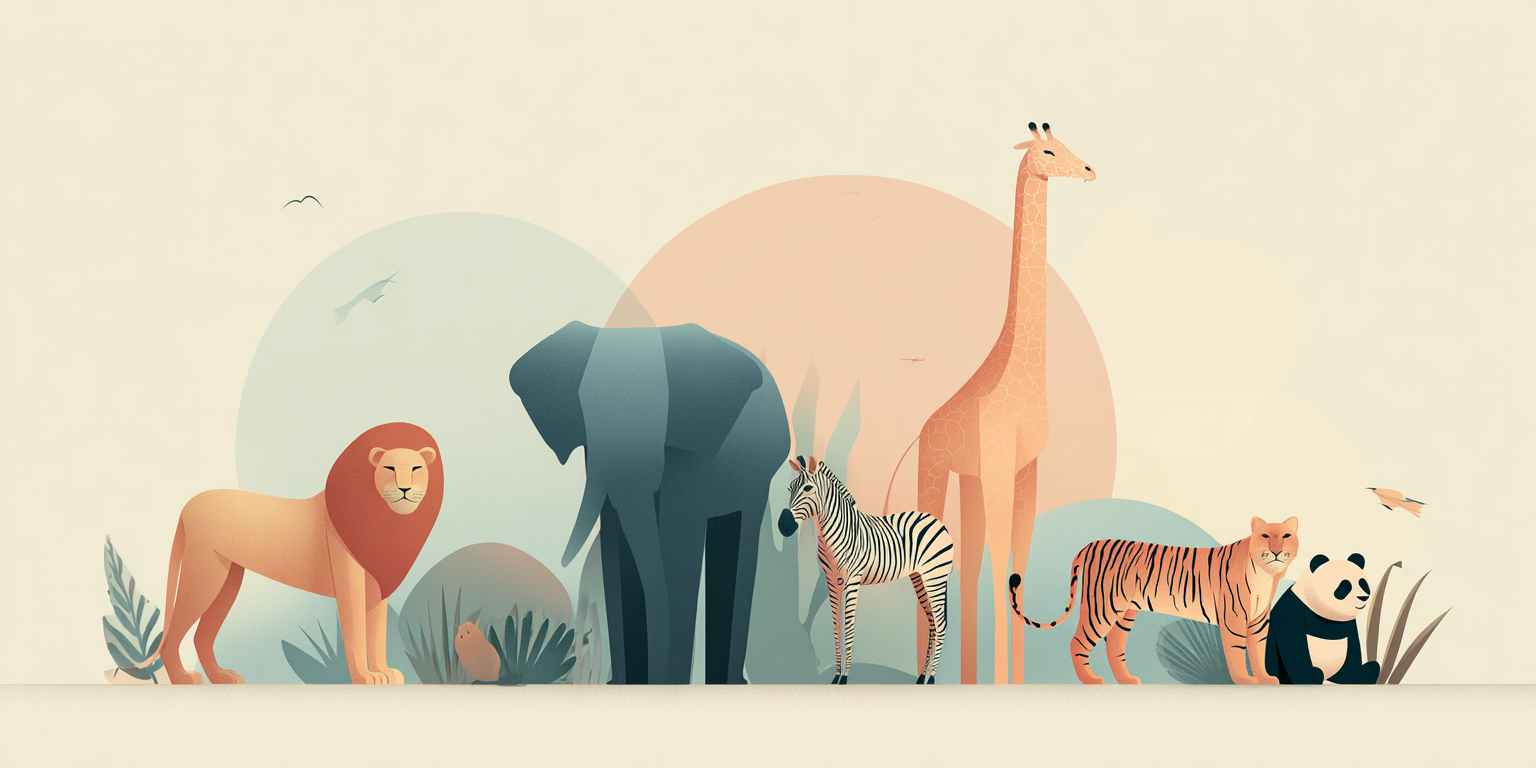
9. Exotic Animals in Italian
Even if not native, many exotic animals have entered common Italian vocabulary through centuries of imports, travels, books, documentaries, and zoos.
Many African and Asian animals were already known in Roman times and present in numerous mosaics and texts, such as the mosaic of the "Corridor of the great hunt" in the Villa del Casale in Piazza Armerina in Sicily or the chronicle of the historic descent from the Alps of Hannibal and the elephants during the second Punic war between Rome and Carthage (218-202 BC). The names therefore often have Latin and Greek origins.
Other wild animals from more distant continents such as East Asia, the Americas, and Oceania maintain their original names (iguana) or almost unchanged, i.e. they have undergone a process of italianization often passing through other languages such as Spanish and French. This is the case of the "giaguaro" from Spanish jaguar or the "panda", a frenchified name from the original Chinese name.
There are very many and all very well known. Let's see them by groups.
9.1 Primates
| Italian | English |
|---|---|
| Il gorilla | Gorilla |
| Lo scimpanzé | Chimpanzee |
| L'orangutan | Orangutan |
| Il mandrillo | Mandrill |
| Il babbuino | Baboon |
| Il macaco | Macaque |
| La scimmia | Monkey |
| Il lemure | Lemur |
9.2 Carnivorous Animals
| Italian | English |
|---|---|
| Il leone | Lion |
| La leonessa | Lioness |
| La tigre | Tiger |
| Il leopardo | Leopard |
| Il giaguaro | Jaguar |
| Il puma | Puma / Cougar |
| La lince | Lynx |
| Il ghepardo | Cheetah |
| La iena | Hyena |
| Lo sciacallo | Jackal |
| Il coyote | Coyote |
| La volpe del deserto | Fennec fox |
| L'orso polare | Polar bear |
| Il grizzly | Grizzly bear |
| Il panda | Panda / Giant panda |
| Il procione | Raccoon |
9.3 Herbivorous Animals
| Italian | English |
|---|---|
| L'elefante | Elephant |
| Il rinoceronte | Rhinoceros |
| L'ippopotamo | Hippopotamus |
| La giraffa | Giraffe |
| L'okapi | Okapi |
| L'antilope | Antelope |
| Lo gnu | Wildebeest |
| La gazzella | Gazelle |
| L'impala | Impala |
| Il bisonte | Bison |
| La zebra | Zebra |
| Il cammello | Camel |
| Il dromedario | Dromedary |
| La vigogna | Vicuña |
| L'alpaca | Alpaca |
| Il lama | Llama |
| L'alce | Moose / Elk |
| La renna | Reindeer |
9.4 Marsupials and Others
| Italian | English |
|---|---|
| Il canguro | Kangaroo |
| Il wallaby | Wallaby |
| Il koala | Koala |
| Il diavolo della Tasmania | Tasmanian devil |
| Il possum | Possum |
| L'ornitorinco | Platypus |
| Il porcellino d'India | Guinea pig |
| Il castoro | Beaver |
| Il furetto | Ferret |
9.5 Aquatic Animals
| Italian | English |
|---|---|
| Il capodoglio | Sperm whale |
| La megattera | Humpback whale |
| L'orca | Killer whale |
| Il narvalo | Narwhal |
| Il beluga | Beluga whale |
| Il leone marino | Sea lion |
| La foca monaca | Monk seal |
| L'otaria | Fur seal |
| Il tricheco | Walrus |
| Il pinguino | Penguin |
9.6 Reptiles and Similar
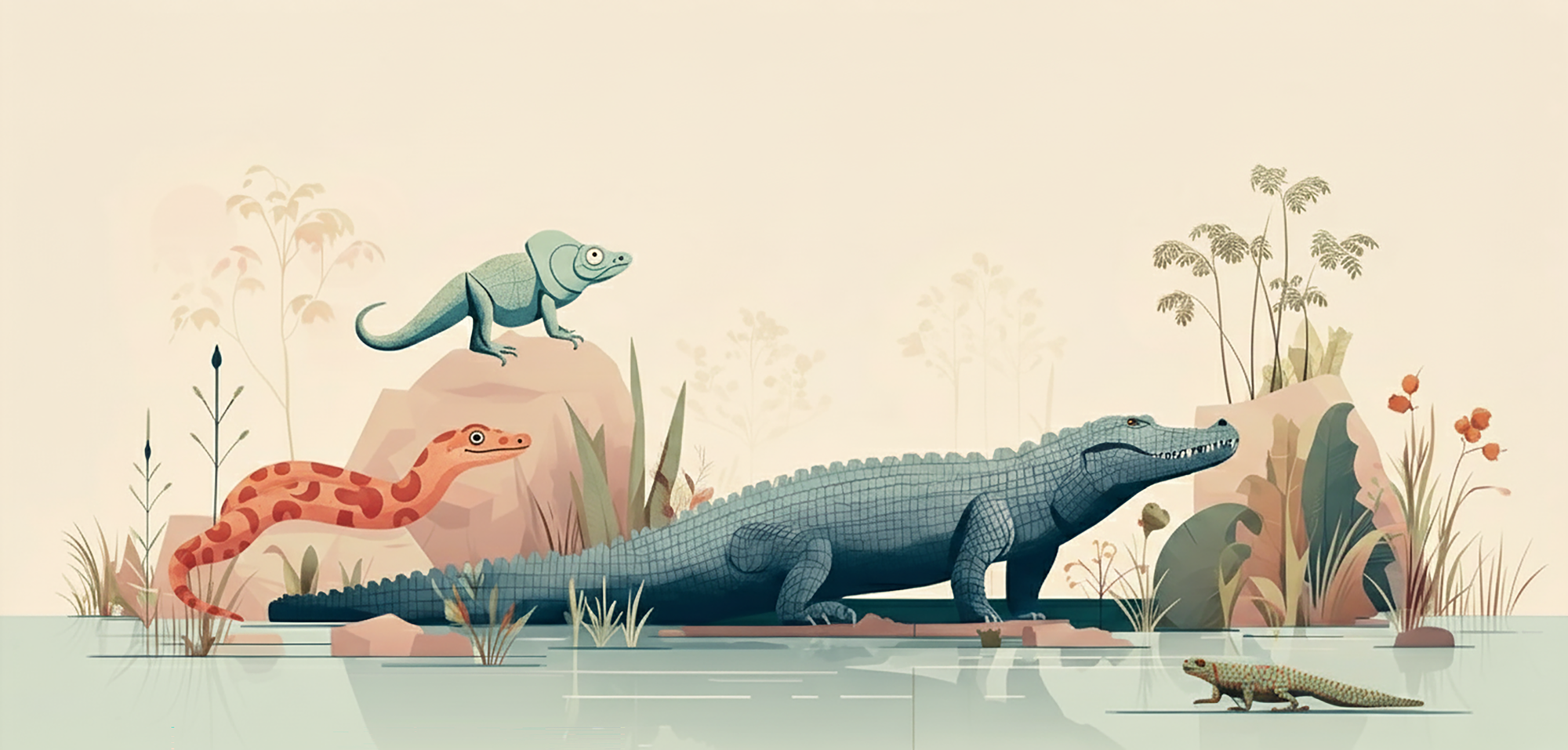
| Italian | English |
|---|---|
| Il coccodrillo | Crocodile |
| L'alligatore | Alligator |
| Il caimano | Caiman |
| Il cobra | Cobra |
| L'anaconda | Anaconda |
| Il pitone | Python |
| Il boa | Boa |
| Il serpente a sonagli | Rattlesnake |
| Il drago di Komodo | Komodo dragon |
| Il varano del Nilo | Nile monitor |
| L'iguana | Iguana |
| Il basilisco | Basilisk lizard |
| Il camaleonte | Chameleon |
| Il ramarro | Green lizard |
9.7 Birds
| Italian | English |
|---|---|
| La gru | Crane |
| Lo struzzo | Ostrich |
| L'uccello del paradiso | Bird of paradise |
| Il martin pescatore | Kingfisher |
| L'albatros | Albatross |
| L'avvoltoio | Vulture |
| Il falco | Falcon |
| Il picchio | Woodpecker |
| L'emù | Emu |
| Il kiwi | Kiwi |
| Il casuario | Cassowary |
| Il condor | Condor |
| Il tucano | Toucan |
10. Animal Groups in Italian
In Italian the collective names of animals are few but very clear: they serve to indicate a compact group, without great linguistic variations. In this, Italian privileges functionality: it doesn't matter if it's lions, zebras or giraffes, or much milder animals, often it's enough to say "un branco" or "una mandria" and everyone understands.
While English offers vivid and poetic expressions like a pride of lions, a tower of giraffes, a dazzle of zebras, Italian limits itself to using "branco di leoni, di giraffe, di zebre".
Branco and mandria are in fact the collective names that host various animal groups, with a distinction: the branco refers to wild animals that move together and in figurative Italian has a negative connotation, the mandria refers to milder and herbivorous animals of large size.
Let's see the Italian collective names:
| Italian | English | Animals Referenced |
|---|---|---|
| Mandria | Herd | Cattle, horses, elephants, buffalos |
| Gregge | Flock | Sheep, goats |
| Branco | Pack (for predators) / Pod (for dolphins) | Wolves, dogs, wild boars, lions, zebras, giraffes, antelopes, dolphins |
| Stormo | Flock (of birds) | Birds in flight |
| Sciame | Swarm | Bees, wasps, grasshoppers, insects |
| Banco | School / Shoal | Fish |
| Nidiata | Litter (for mammals) / Brood (for birds) | Newborn babies (birds, rabbits, rodents) |
| Covata | Clutch (of eggs) / Brood | Eggs or chicks of birds and reptiles |
| Muta | Pack (of hounds) | Hunting dogs |
| Colonia | Colony | Ants, bats, penguins |
| Frotta | Shoal / Group | Fish or small animals (also figurative) |
11. Imaginary Animals in Italian
We conclude this long overview with some imaginary and mythological animals that are part of our culture and vocabulary. From dragons that populate legends from around the world, passing through mythological animals of antiquity and allegorical figures of griffins and gargoyles that adorn Gothic cathedrals to unicorns represented in European Renaissance tapestries and today a pop-culture symbol loved by girls all over the world.
| Italian | English |
|---|---|
| Il drago | Dragon |
| La chimera | Chimera |
| Il grifone | Griffin |
| Il gargoyle | Gargoyle |
| L'idra | Hydra |
| La sfinge | Sphinx |
| La sirena | Mermaid / Siren |
| Il centauro | Centaur |
| Il minotauro | Minotaur |
| L'unicorno | Unicorn |
| La fenice | Phoenix |
| Il dodo | Dodo |
Conclusion
From the domestic world of the house cat to the fascinating wildlife of the Alps and Apennines, we have explored over 150 terms from the Italian animal kingdom through different zoological categories. This comprehensive vocabulary covers everything, from the most common domestic animals to the rarest wild species, providing you with the essential terminology to discuss fauna in Italian.
Whether you're observing birds in the parks of Rome, planning a photographic safari in the mountains of Trentino, or simply having a conversation about your favorite animals, these terms will enrich your Italian language skills and help you connect with Italy's rich naturalistic heritage.
Animals unite people across languages and cultures, representing the beauty and diversity of nature that surrounds us. Now you have the vocabulary to join the conversation in Italian and appreciate even more the extraordinary biodiversity of the Beautiful Country!

Adriana Rossi is a certified teacher of Italian as a foreign language from Rome, Italy, and has been part of the Giulia team since 2024. With a Modern Literature degree and advanced studies in Modern Philology, she specializes in tracing the origins and evolution of Italian words, bringing expertise in diction and expressive reading to help preserve and share Italy’s linguistic heritage with learners worldwide.

